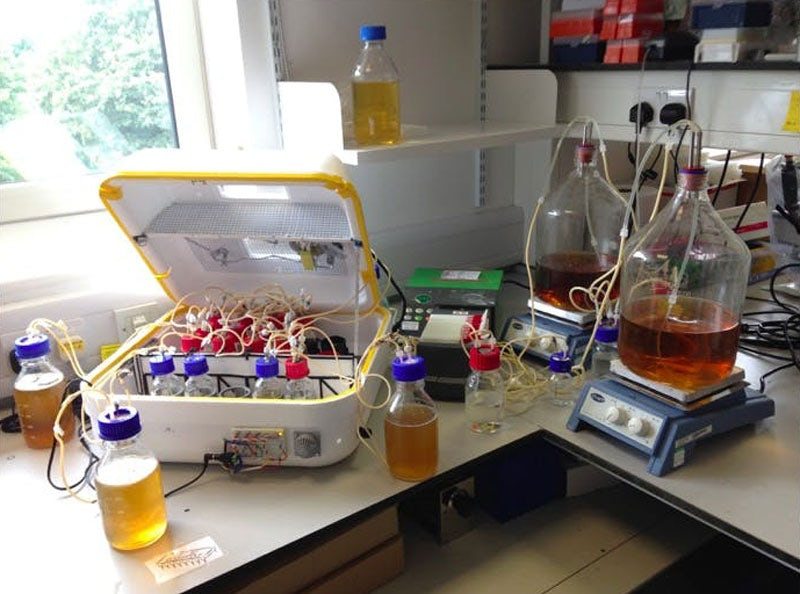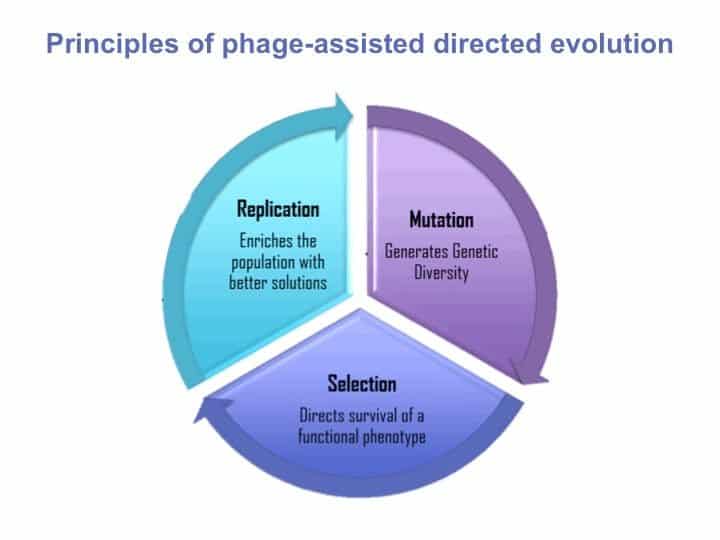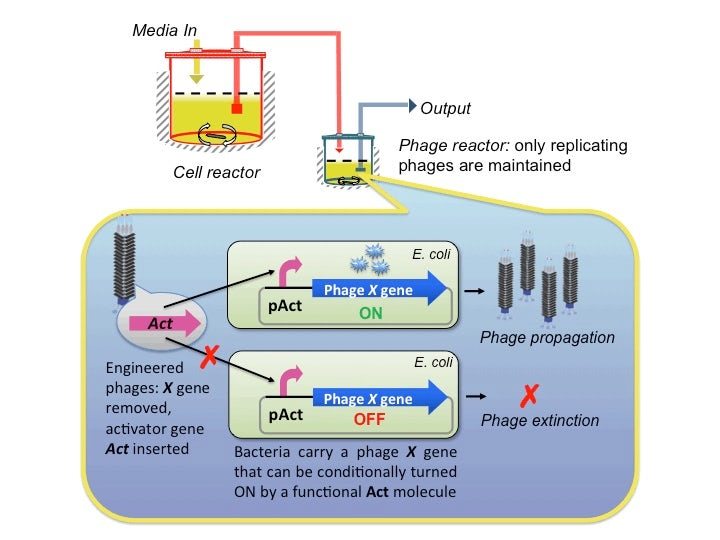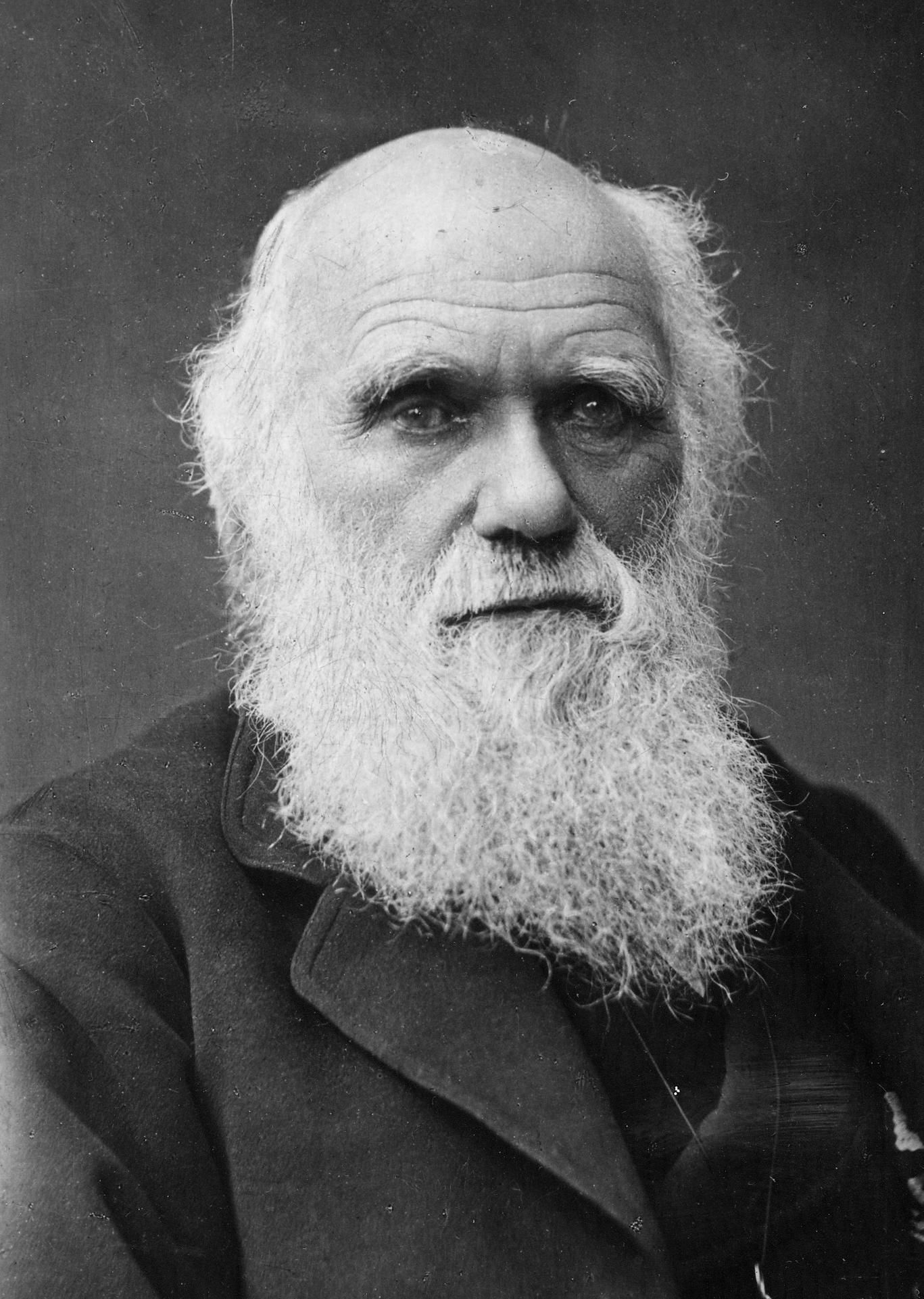Yeah, yeah it did occur to me that the title might as well have been a tongue twister.
Shifting focus- Statistically, very few argue against the theory of evolution, and the continuing file of shapes evolving from tape to man has become an indelible mark in the public consciousness.
Charles Robert Darwin, a 19th-century English naturalist and geologist, was already somewhat famous for his published journals about his travels on the HMS Beagle. However, the data collected in that trip lead him to develop his theory of evolution and that of natural selection in the On The Origin Of Species. While his wasn’t the only theory floating around, it eventually triumphed and made Darwin one of the most influential scientists of all time.
But now, a new research project backed by the European Union has developed a evolution machine, dubbed EVOPROG, that is challenging, refusing to play by Darwin’s rules of evolution/natural selection.
“Just like computers are programmed to carry out arithmetic or logical operations based on variables for performing different tasks, the new device can be programmed to carry out logical operations inside living cells using DNA as a variable to generate new molecules,” says theoretical physicist Alfonso Jaramillo, chair of synthetic biology at the University of Warwick, UK. He is coordinating EVOPROG, a three-year European FET (Future and Emerging Technologies) project, which is testing the prototype machine.
According to the researchers, EVOPROG functions like an analog computer: To make specific molecules users feed in certain chemicals, cell lines, or other raw materials, and the machine makes environmental changes to the bioreactor to guide the phages and bacteria to produce those molecules.

For the first time, the device allows researchers to implement an evolutionary program in the same way a computer can run any computation. Hence, it is also called computation in living cells. To do this, the scientists use special viruses called phages that only infect bacteria and are among the fastest organisms to evolve.
The genetically engineered phages infect different bacterial strains under selective stimuli, such as different growth conditions, and they respond and adapt to each change artificially introduced in the environment. “The phages interact with certain types of engineered bacteria, according to the types of molecules wanted, and replicate only if the mutated proteins they produce are compatible with the genes and chemicals present in those bacteria,” Jaramillo explains. This way, altering the genes in the phages and in the bacteria results in the production of different molecules by the bacteria.

Phages are some of the fastest-evolving organisms, so to make EVOPROG work the scientists engineered them to function like biological versions of the “IF/THEN” statements that are key to programming. Here they’ve been designed so that “IF” a certain change is artificially introduced into their environment, “THEN” they attach themselves to a certain type of bacteria (which have also been carefully engineered) to produce molecules. Like natural evolution, the most effective phages are then selected for and allowed to replicate.
The programmable nature of the machine has the additional advantage of being able to overcome some of the main hurdles affecting modern biotechnology research, such as standardisation, scalability and replicability.

“With our approach we can find new antimicrobial molecules by using evolution to kill bacteria,” says Jaramillo. “For example, if a given antibiotic molecule enters the bacterial cell and is immediately pumped out of the cell, thus not killing it, we can induce a selection of the DNA content of phages and drive them to block that bacterial pump so that the antibiotic will remain in the cell and kill it.”
The directed evolution process for clinically-relevant proteins takes about two to three weeks to be completed in the machine. This could be the beginning of a very long path for transforming that new molecule in a potential drug. And one area where new drugs are needed is antibiotics, bacterial resistance being a major global problem.































